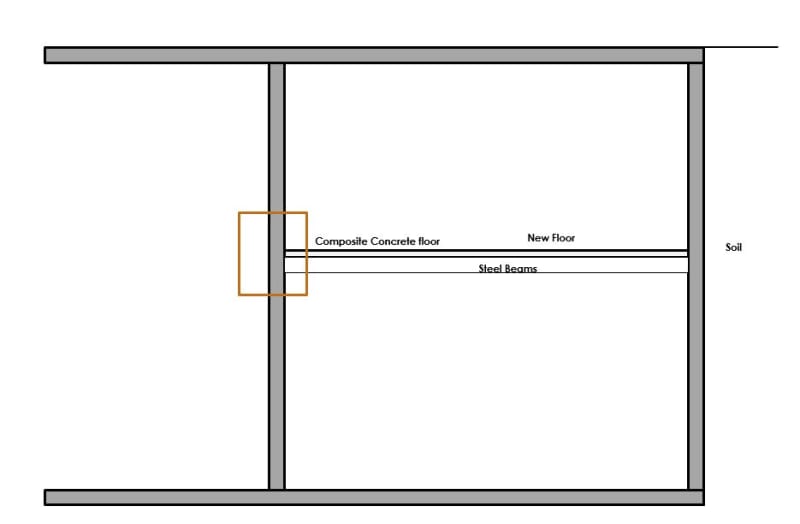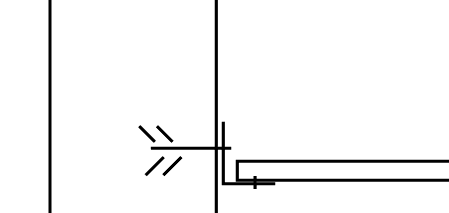I have an old buried concrete structure in which it is required to introduced a new floor at mid height as shown. I used steel beams and metal composite deck to create the new floor. This floor will be supported by the external wall which also supports earth pressure and an internal wall on the other side. I am planning on using steel dowels to tie the slab to the wall. My only concern here is the new slab might transfer some lateral loads to the internal wall which might not be designed for. On the other hand, a crack is expected to form between the wall the slab if the slab is not doweled. In general, is it a good idea NOT to dowel the slab to the internal wall?



